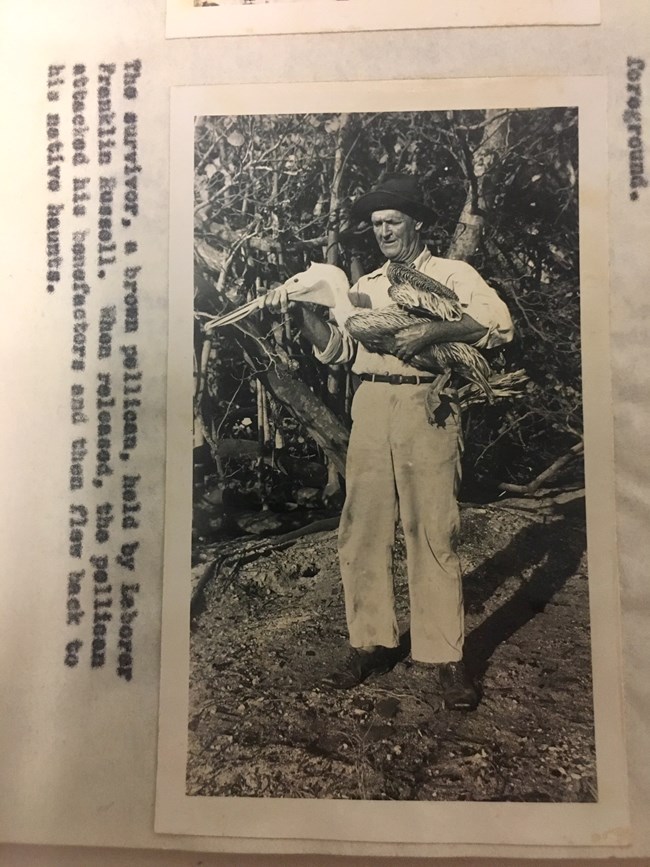Last updated: October 26, 2018
Article
Internship Report: Dry Tortugas NP

NPS Photo
I am now creating initial documentation for Dry Tortugas archeological records that are not yet catalogued. These records provide extremely detailed information about archeological excavations at Fort Jefferson and include research proposals, field notebooks, artifact reports, grid maps, correspondence, and photo series. Archeological records are incredibly important to any national park’s story and shape our understanding of the cultural and natural resources that sit beneath the surface, whether that’s on dry land or the ocean floor!

NPS Photo
Caitlin Rivas
August 2018
